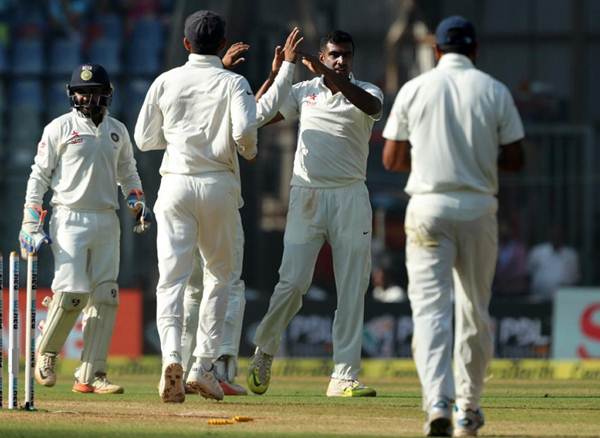Why make national players play Ranji just after a tough series?
4 Min Read


India’s selection panel chairman MSK Prasad, a former Test wicketkeeper, recently spoke on a wide range of issues in a recent interview. One issue on which Prasad laid special emphasis is on a strong bench and prepare the team for overseas tours over the next few years.
Soon after Prasad revealed his new panel’s blueprint for the future of Indian cricket, another news made the headlines. It was about former BCCI chief and Tamil Nadu Cricket Association head N Srinivasan wanting star players of the state like Ravichandran Ashwin and Murali Vijay to play the Ranji Trophy quarter-final against Karnataka starting at Vishakhapatnam on December 23. They were eventually picked for the match.
Actually, it is not just Tamil Nadu. Karnataka, too, has picked their star performers like KL Rahul, Karun Nair and Manish Pandey for the quarter-final game. Haryana also wants the services of Amit Mishra and Jayant Yadav in their quarter-final game against Jharkhand to be played at Vadodara starting on the same date.
And the states strongly pitched for these players knowing very well that they have been playing non-stop cricket for some time now. In fact, the states sought the service of the national players even before the grueling five-match Test series against England concluded.
Is Prasad’s vision for a strong bench and setting up a policy for managing workload for the players be fulfilled through this?
The chairman of the selection committee admitted that no decision was yet taken on playing the national players in the Ranji games and said it would be “unfair” to expect them to do so. But if nothing is yet been done on this for the players now, then when?
We still remember how an overworked Srinath had collapsed
We have seen in the past how overload had taken a toll on former Indian speedster Javagal Srinath. During the days when India’s bowling was centred on three Kannadigas (Srinath, V Prasad and Anil Kumble), the Indian board did not hesitate to overuse the spearhead and leave it ineffective eventually. Srinath had lost precious time as well as speed in his career because of the injury and India, his valuable service at key moments.
But a little has changed in the board’s workload management policy despite the recurring problem of injuries. In case of grueling international itinerary, one can yet understand the commercial reason for playing more and more matches (even though what is the need for that for the richest board in the world? one can certainly ask) but what’s the point in making national players appear in domestic cricket within a week of conclusion of a tough series?
India will be playing non-stop international cricket on the other side of the Christmas (three ODIs and that many T20s are lined up against England in January) and many of the players who have been picked for the Ranji games will play those as well. If this grinding continues, how is the board going to curb the problem of injuries?
India are fortunate to have a pool of players to choose from, thanks to more exposure through competitions like the IPL. In the era of the Srinaths and Prasads, finding a third pacer was an immense task for the team management and hence the workload on the frontline bowlers was huge. Today, when the board has more options to pick players from, the need for a management policy is all the more significant but nothing concrete is being seen on that front either.
Why risk players’ fitness by making them play domestic games?
The counter-theorists would say playing top players in the domestic matches will boost the game’s prospect at the grassroots. That is theoretically sound but realistically speaking, asking players who have been playing continuously to appear in games that attract little viewers means to risk their valuable service for the national team for virtually nothing. India will play Australia in a long Test series in three months. Do we need our top players more for the Ranji games than that important series?
Top cricketers playing domestic game is not a prevalent culture in India now
The culture of top players playing in the domestic games prevails no more in India as it used to once. The Sachin Tendulkars and Rahul Dravids were not seen playing domestic matches very often, thanks to tight international schedules but yet there has been a rise of new players. It is not exactly true to say that the succession in Indian cricket happens only when the national players come down to the grassroots.
They rather play the local games if they have run out of form or are making a comeback after a long time. Thus, asking in-form national players to take the field in domestic games when they should be allowed to heal their bodies speaks about the lack of empathy towards them.
We have just seen the arrival of special talents like the Nairs, Rahuls and Yadavs. Ashwin is on the way to establish himself as one of the country’s best bowling all-rounders. Will we make a special effort to ensure that they don’t burn out too soon?
Download Our App